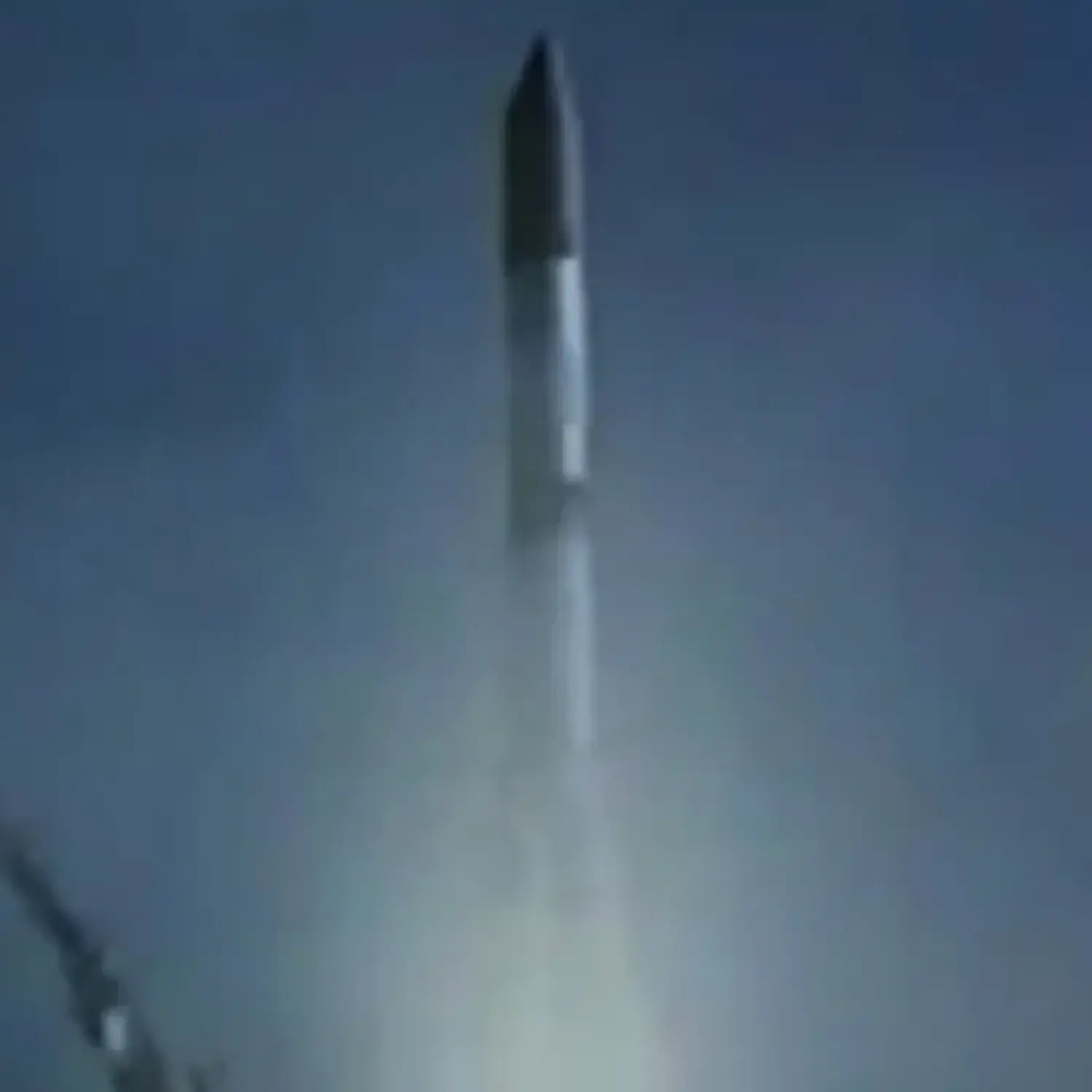Luna 14
Launch Success
Liftoff Time (GMT)
10:09:32
Sunday April 7, 1968
Mission Details
Luna 14
The spacecraft is believed to have been similar to Luna 12 and the instrumentation was similar to that carried by Luna 10. It provided data for studies of the interaction of the Earth and lunar masses, the lunar gravitational field, the propagation and stability of radio communications to the spacecraft at different orbital positions, solar charged particles and cosmic rays, and the motion of the Moon. This flight was the final flight of the second generation of the Luna series. Luna 14 successfully entered lunar orbit at 19:25 UT on 10 April 1968. Initial orbital parameters were 160 × 870 kilometers at 42° inclination. The primary goal of the flight was to test communications systems in support of the N1-L3 piloted lunar landing project. Ground tracking of the spacecraft's orbit also allowed controllers to accurately map lunar gravitational anomalies in order to predict trajectories of future lunar missions such as those of the LOK and LK lunar landing vehicles. Luna 14 also carried scientific instruments to study cosmic rays and charged particles from the Sun, although few details have been revealed. The mission lasted 75 days.
Lunar orbit
1 Payload
1,700 kilograms
Rocket


Manufacturer
RKK EnergiyaRocket
Height: 44.23m
Payload to Orbit
LEO: 6,200 kg
GTO: 2,400 kg
Liftoff Thrust
4,391 Kilonewtons
Fairing
Diameter: 2.58m
Height: 6.74m
Stages
4
Strap-ons
4
Launch Site
Stats
Molniya-M
12th
Mission
2nd
Mission of 1968
RKK Energiya
309th
Mission
16th
Mission of 1968
1968
29th
Orbital launch attempt